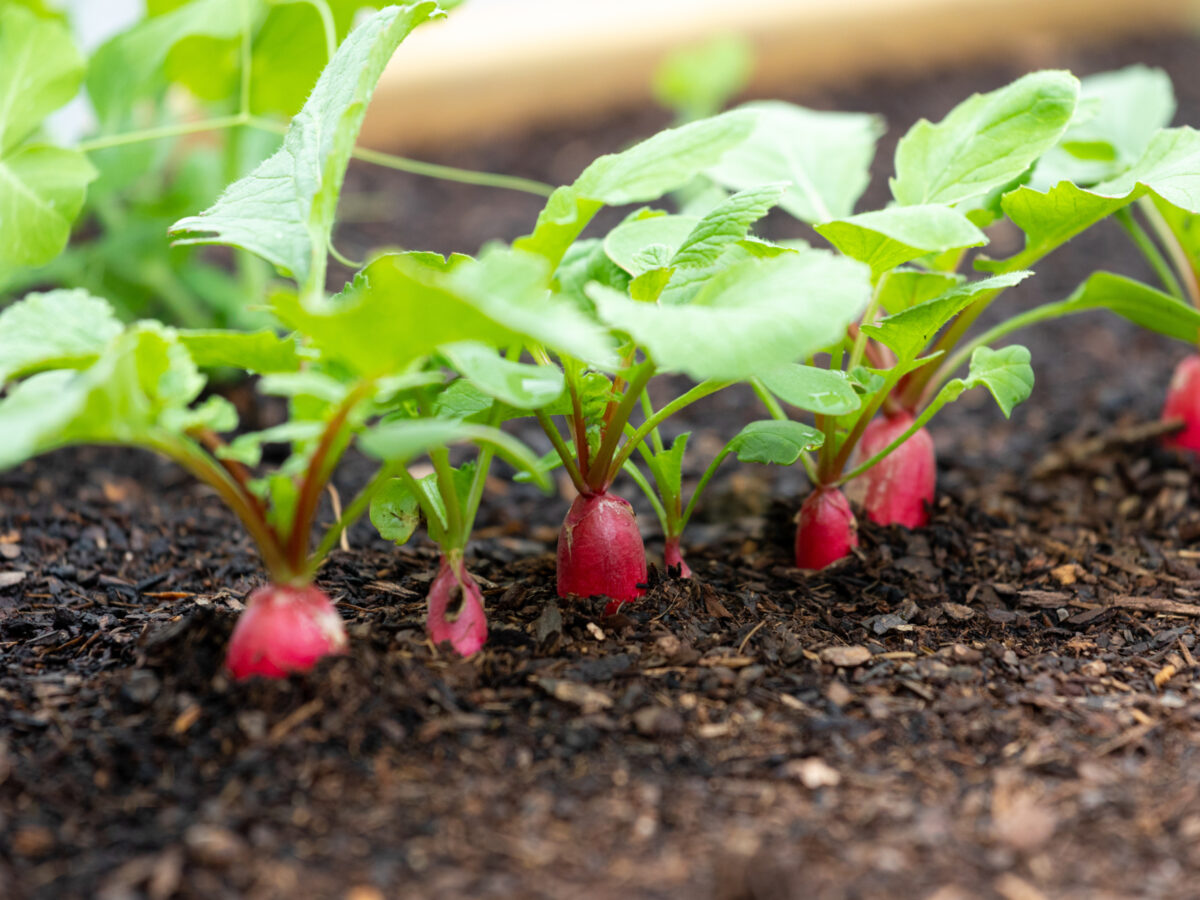
Oca
- Tags
- Vegetables and herbs
| Growing calendar | |
|---|---|
| Sow indoors | April |
| Harvest | September - October |
Oca (Oxalis tuberosa) is a staple crop of the ancient Peruvians as they will grow at high altitude on relatively poor, acidic soils at low temperatures and in high rainfall areas.
Introduced to the UK in 1600, it was suggested as a possible substitute for potatoes after the Great Famine in Ireland, but has never been intensively developed by selective breeding unlike the potato.
How to sow oca
Oca is not hardy, so needs to be started off indoors in most areas. Tubers begin to form as the days shorten, so in the north or frost prone areas it’s advisable to either grow them under protection or in containers so they can have the longest possible growing season.
Plant tubers in April, individually in 10-15cm/4-6in pots, on a bright but frost-free windowsill. Shoots will appear within a couple of weeks and plants grow quite rapidly. In sheltered sites, oca will often overwinter if a little extra protection is given such as a mulch of twigs, bracken or straw (as for dahlia tubers.)
Alternatively, tubers may be planted directly in May (they are likely to be showing sprouts by this stage). Press them down into the soil at least the same depth as their length, and space around 30cm/12in apart, 60cm/2ft between rows or at 40cm/14in apart in a bed. Protect with fleece if the weather suddenly turns chilly. Avoid very alkaline soils.
Transplanting oca
Oca should be hardened off and planted outside by late May-early June, about the same time when you put hanging baskets of tender plants out. Space as above. You can grow two to three tubers in a large container (30cm/12 or over) – the trifoliate leaves (khaki-coloured cloverleaf) are quite decorative. Or plant four to six plants to a growbag. They will make a dense foliage which squashes most weeds. Plants require full sun.
Some growers earth up plants around August to stop them getting too floppy and help protect tubers, but it’s not essential. Unlike potatoes, exposing tubers to light isn’t harmful. Water plants in dry spells, especially after late September when tubers begin to initiate.

Harvesting and use
Oca foliage will not stand frosts, and the tubers rot in very cold soil. As the maximum size of tuber is developed during shorter days, it's a balance between allowing the tops to die back completely before lifting the tubers or risking the shallowest tubers dying of cold. Don’t expect a good crop before October at the earliest. Plants in containers should be moved under cover to complete tuber formation before colder weather.
Tubers are around the size of a man’s thumb and vary in colour from red to white, spotted, yellow or orange. They should be stored like potatoes, in sacks in a cool, frost-free dark place and will keep several months. Eat fresh or cook like potatoes - they don’t require peeling.
Troubleshooting
Oca tubers contain oxalic acid when fresh, giving them a lemony flavour, so should be eaten in moderation by people who suffer from rheumatism or kidney stones. If oca tubers are exposed to sunlight for a few days much of the oxalic acid dissipates, and they taste floury.
Seed saving
Difficult, as rarely flowers in UK. Three or more flowers are required for successful cross-pollination
| Growing notes | |
|---|---|
| Difficulty | Easy |
| Germination time | N/A |
| Average time to harvest | At least five months |
| Equipment needed | Frost free protection to start plants off |
| Average plant size | 30cm tall and across |
| Family group to grow with | Oxalis |
| Key nutritional content | Starch, Vitamin C and phosphorous along with trace elements |
| Latin name | Oxalis tuberosa |

Love our growing advice?
Get a direct link to our horticultural advice team, as well as members-only online resources with a Garden Organic membership.